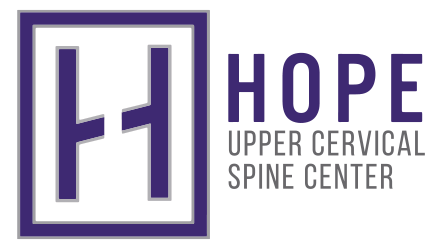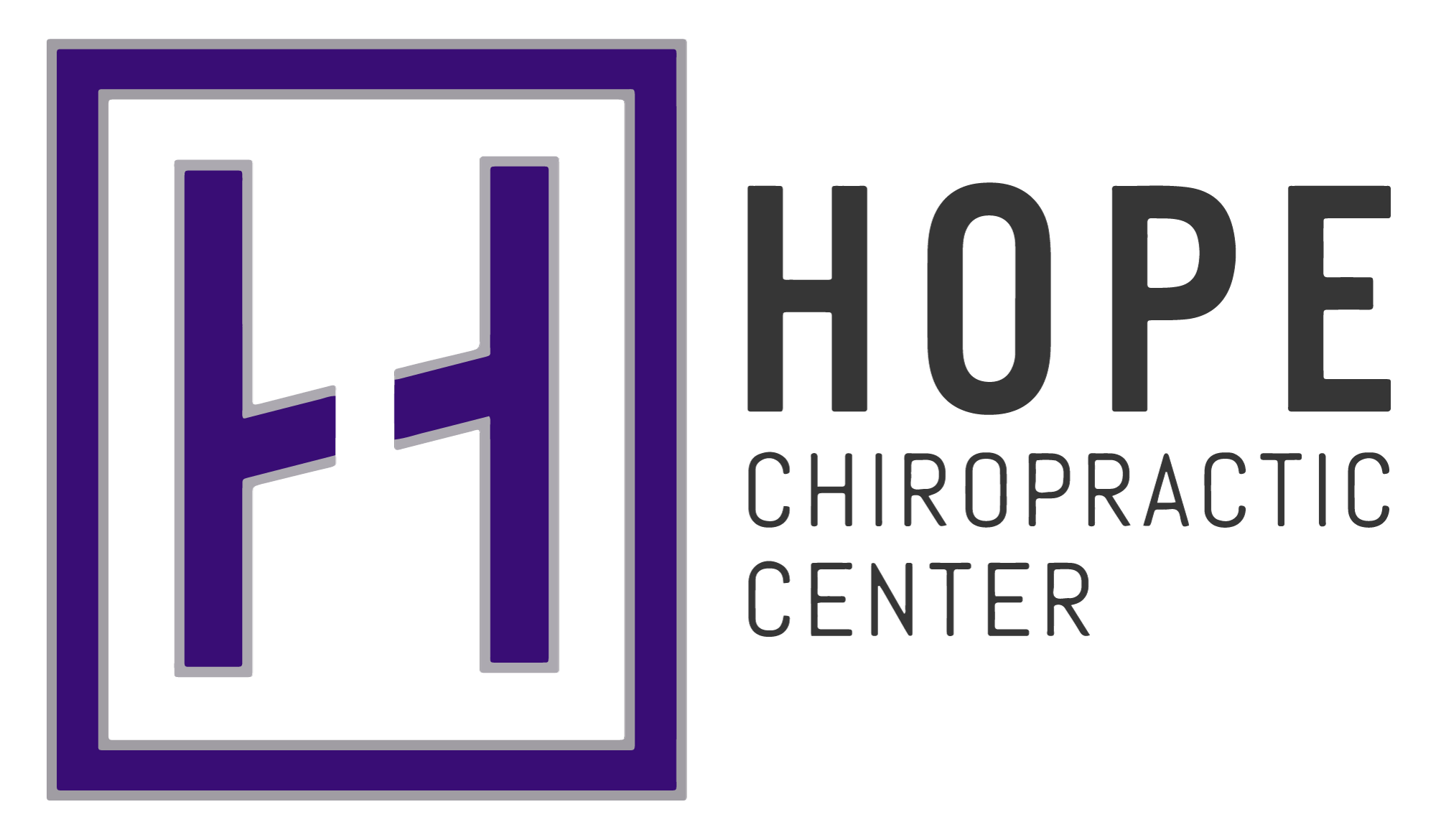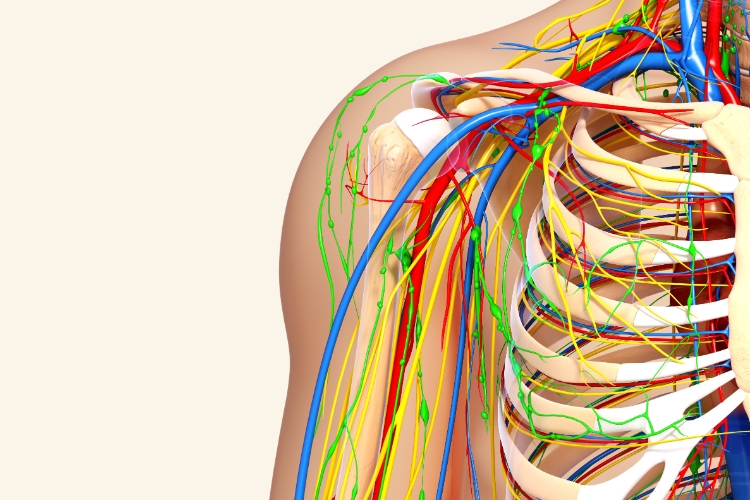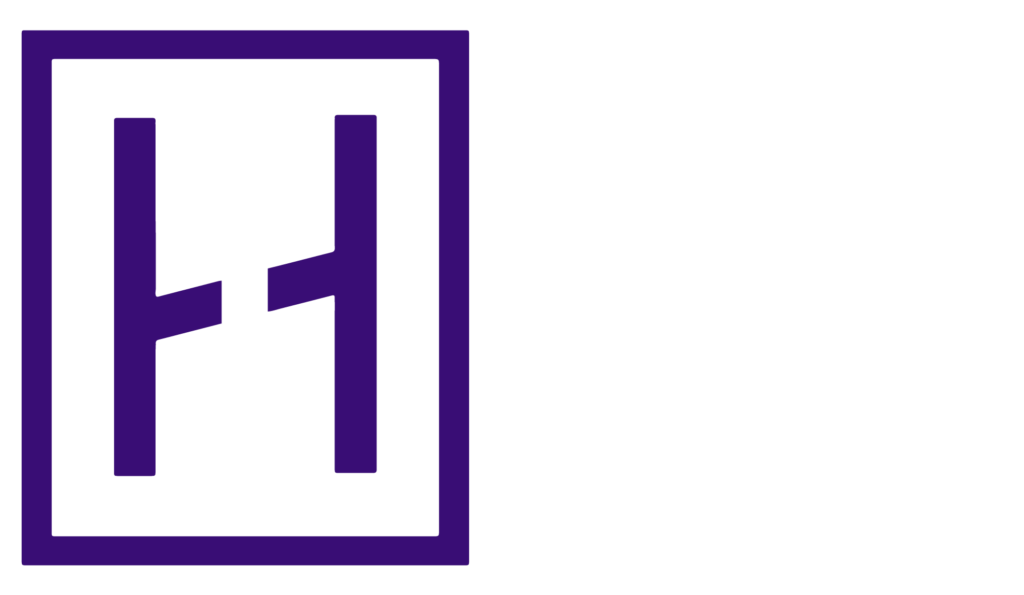One of the most common questions patients ask us in our office is “what can I expect after the upper cervical adjustment”?
As you can imagine, this question has a rather wide range of expectations as each person has a unique experience with healing.
However, I will do my best to help elaborate on the most common experiences you will have from an Upper Cervical Adjustment.
Our expectations can be broken down into three very specific responses.
- Soreness
- Fatigue
- Hunger/Thirst
As we unwind what exactly happens with an adjustment, each one of these potential responses will make complete since.
Now – please keep in mind that potential changes are not limited to these three, and in-fact, there are people have a combination of these and then some. There are also patients who have absolutely none of these following their first upper cervical adjustment.
So, let’s dive into what happens.
The first place to start is prior to the adjustment.
At your initial evaluation, we spent time working through your case to determine what the best possible upper cervical adjustment is to help restore autonomic system balance (aka a balanced nervous system).
This was accomplished through a 5 step process of thermal evaluation, posture assessment, range of motion evaluation, Feet assessment and a 5 part x-ray series. After completion of this evaluation we analyzed your individual results with how to best approach your case.
After presenting to you our findings, it is time for your first adjustment.
Now, for most people, they have never had their Upper Cervical Complex addressed by an Upper Cervical Doctor. In the past, they may have had a traditional chiropractor attempt to adjust this incredibly specific area but they found that the adjustments rarely worked (most of our patients reports a success rate of 2 out of every 10 attempts).
So you are aware, this area is LOADED with sensory neurons. In fact, 80% of your entire sensory integration just so happens to be located in this area. Now, add to the fact that your upper cervical bones have not been moving properly for a period of time. This leads to a change in ligament structure, muscle tone, and joint capsule position sense which are all setting up the perfect storm for a very loud noise and a potentially sore neck.
Thus, let’s tackle the first and most common expectation following an upper cervical adjustment: Soreness
When we deliver the adjustment, the first thing that we expect to happen is a restoration of the normal position of the upper cervical complex. This can be uncomfortable as it will cause your ligaments to change their elastic property, the muscles to change their tone and the joint position senses to be reset and recalibrated. As a result, you can expect to feel some soreness over the course of the first few adjustments as your body is adapting to the restored position.
To help tackle this, we ask that you avoid taking any NSAIDS or pain killers and allow your body to work through the natural healing process. We have found that hot showers, CBD cream, and peppermint oil (which are all natural anti-inflammatories) significantly help reduce the short term discomfort you may feel following this adjustment.
The next expectation to tackle is that of fatigue.
The moment we deliver the upper cervical adjustment, your body is made keenly aware of how many defects your body has been suffering from (that whole 80% sensory integration thing). And when you bring awareness to these areas, the body immediately goes into healing mode.
The best way I can think of explaining this is when you have been really sick in your own life. For example – a common conversation right now is that of Strep Throat and Flu. When you get hit with these bugs, your body is constantly ramping up your immune system to fight off and restore health. Guess what – you aren’t going out and competing in an Iron Man at this point. You are lucky to even make it from the bed to the bathroom due to the amount of fatigue you have.
Thus, the fatigue you experience with the first few adjustments is a signal to us that your body has started the healing and repair process. This is also why we recommend that you sleep as much as possible in the first few weeks of care as sleeping allows your body to ramp up your healing into hyperdrive and allow a firm foundation to be laid for further down the road.
Finally: the hunger.
There is no better way to paint this picture than to reflect upon the feeling you get after extreme exertion or successfully fighting off a cold.
For the most time, while you are in healing mode, your body is allocating all of its resources to the actual process of healing. This leaves very little room for digesting food or craving anything while you are in this mode.
However, once your body burns through the fuel that is available, it you will start to have cravings to help restore the reserves and give the body the necessary ingredients to continue to restore and build health.
Now – this is not the place or the time to jump into a dissertation on nutrition however there is a very simple rule we recommend our patients follow and it goes like this.
“You can’t build a nerve cell from a big mac.”
Wrapping it all up.
Pretty simple huh…I figured.
With all that being said, hopefully you are now armed with some great tools to understand what takes place following the upper cervical specific adjustment.
We do expect you to have some residual soreness, fatigue and to notice a change in your appetite.
However, if none of this immediately happens, that is okay too. Remember: every single person has a unique healing experience.
As always, if any questions arise surrounding this topic, please reach out, comment, ask and we will do our best to answer!








